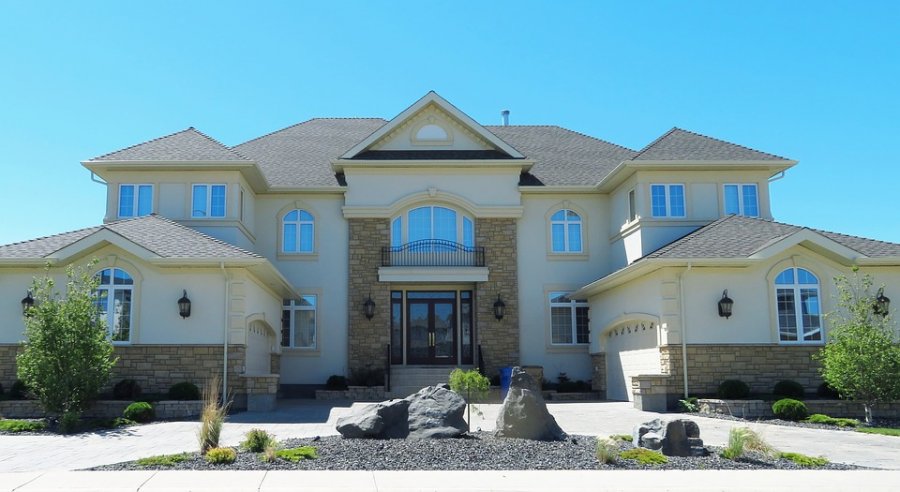As the New York state legislature worked to develop their budget for the 2020 fiscal year, they sought to leverage losses in revenue in other areas by increasing taxes on those purchasing high-value homes – called the ‘progressive mansion tax’, this new policy imposes a one-time tax increase scaling upwards as the price of the home increases.
This increase starts at 1% for homes worth between $1 million and $2 million and then increases progressively before capping at 4.15% for homes worth more than $25 million. This is expected to raise at least $365 million for New York City’s subways during the 2020 fiscal year, significantly less than the $665 million projected for the rival ‘pied-a-terre bill’.
That said, many New York professionals consider the mansion tax a win over the pied-a-terre policy – and to understand that, we have to dig a little into what a pied-a-terre even is.
Pieds-a-terre are secondary homes, usually apartments or condos, kept in a large city as a place to stay when you’re there on business. They’re common in New York City due to the high number of commuting professionals that travel to New York from all over the world. Aware that these second homes reduced profits for hotels, lawmakers proposed a recurring annual tax on all pieds-a-terre that scaled upward with the home’s value until it, too, stopped at around four percent.
The fact that the pied-a-terre tax would have involved a recurring fee was likely one of the reasons that it received major pushback, and the mansion tax’s one-time nature made it more desirable for lawmakers and citizens. Still, some have continued to argue that the entire concept of increasing taxes for high-value homes is inherently classist and reflects a kind of economic discrimination against the upper class. New York City has seen complaints of gentrification in the 21st century, and some see these tax policies as backlash against the wealthy.
For those who will end up paying fees for their real estate purchases in 2020, the progressive mansion tax is better than the alternative – and for those who still live in studio apartments high above the city streets, the subways will be seeing varied improvements to get them to work and home.

